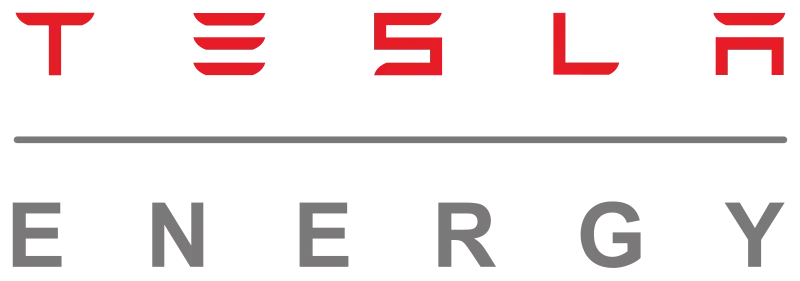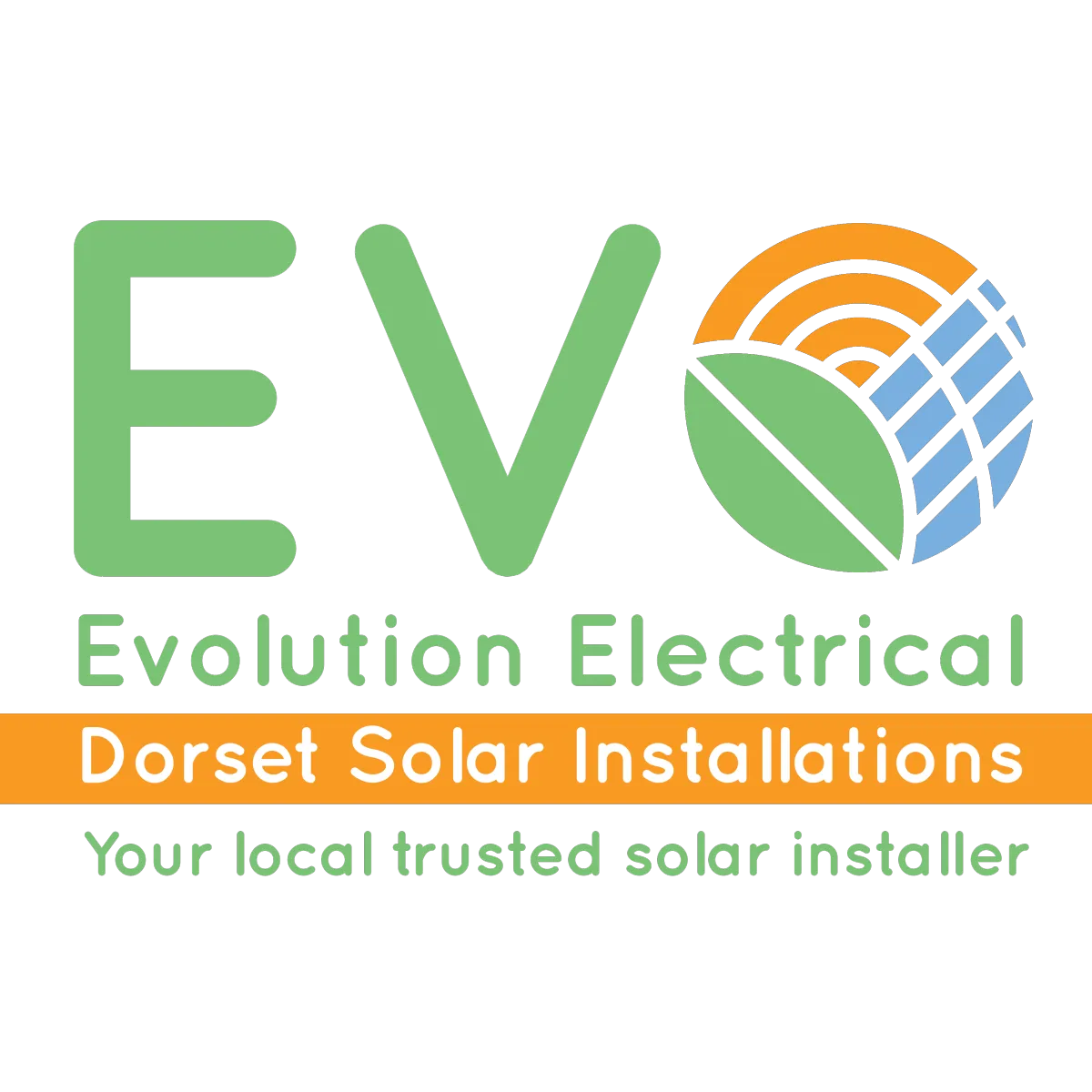Discover your home's solar potential
Book A Solar Site Survey
Please check our client reviews before making your decision!
What our clients say about us
CHECK IF YOU NEED TO KNOW!
Find answers to common queries
Do solar panels work when its not sunny?
Solar panels do not rely solely on sunlight, but rather on daylight. The efficiency of solar panels increases with stronger light, resulting in a higher yield. However, even with any amount of daylight, the photovoltaic cells within the panels can convert it into electricity.
Do solar panels need cleaning?
They indeed do, they typically are self-cleaning when they are positioned at the appropriate angle. Rainwater will effectively remove the majority of the usual, everyday dirt and debris. However, you might notice a build up of bird droppings or algae which might require cleaning.
Do I need a south-facing roof for solar panels?
In the UK, south facing roofs are considered the most optimal for solar panels due to their ability to receive abundant sunlight throughout the day. However, it is still possible to install panels facing other directions. A practical approach is to have a combination of east and west facing
panels, which allows for maximum exposure to sunlight from sunrise to sunset. Even a north facing panel can capture a considerable amount of light, although it may experience significant shading during certain times of the day.
How long will my solar panels last for?
Solar cells degrade at 0.5% per year so, after 25 years, they are still at 80% of their factory efficiency. They can go on producing electricity for another couple of decades. Most panels will come with a 25-year performance warranty.
How long does it take to install solar panels?
The duration of the installation process varies based on the size of your array. Typically, domestic installations can be completed within a few hours. However, it is advisable to allocate a few days for the entire process. There is a fair amount of work getting cables between the inverter and your consumer unit and also up to the panels.
Can you go off-grid with solar?
It is possible, although unlikely, to achieve this using a rooftop system in the UK. Due to the limited sunlight during the winter months, the batteries would not receive sufficient charge to last throughout the night. However, if you have sufficient space, you can install additional panels or consider using a separate generator to generate the required power for off-grid living.
OUR TRUSTED PARTNERS







